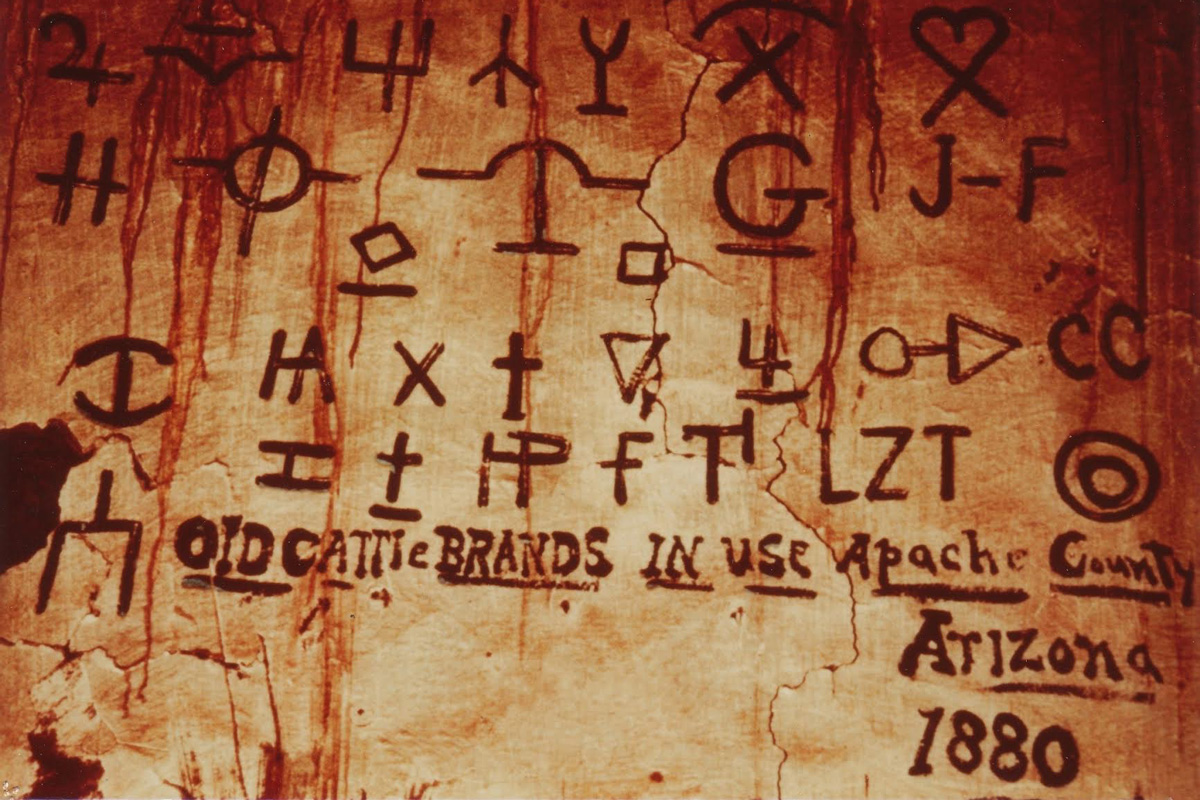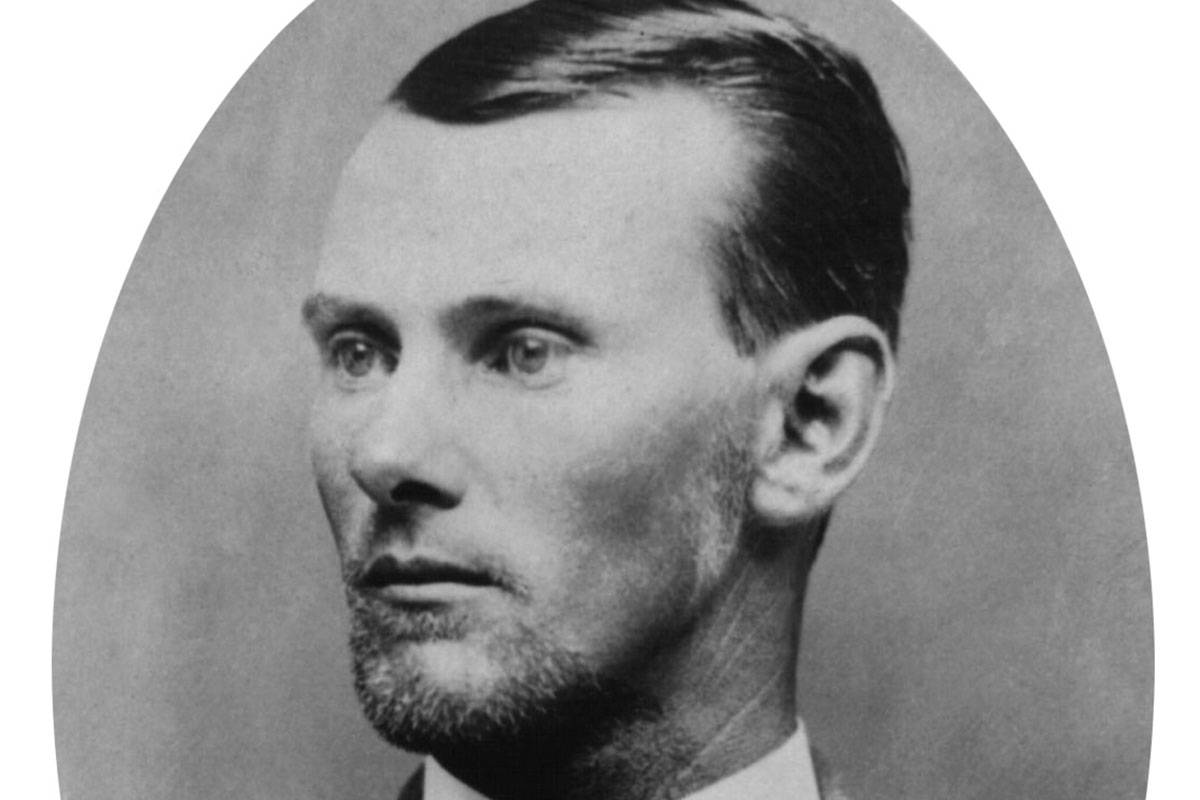
Branding of livestock dates all the way back to the Egyptians to around 2,700B.C. It spread to Europe in the Middle Ages and was introduced in today’s Southwestern United States by the Spanish and later Mexican vaqueros. The open ranges made it essential for ranchers to have a brand in order to identify their cows during a roundup where cattle from many ranches were gathered.
The first cattle were introduced by Hernan Cortes and Gregorio Villalobos in 1521. Ironically, the first brands were not on the livestock but on the Aztec slaves who were branded with the letter “G,” for prisoner of war, on their cheeks. The brand went from man to beast soon afterwards. By 1750 the rangy, longhorn cattle were grazing along the Rio Grande. The earliest cowboys were known as charros. They were men who performed almost entirely on horseback. The charro wasn’t just a horseman or vaquero; he represented a genuine culture and way of life. He fiercely loyal to the hacienda and its brand; the determination to ride “anything that wore hair;” uncanny skill with a rope; brave with total disregard of personal danger; and a utter contempt for any kind of work that couldn’t be done from the back of a horse.
It took a tough breed of men to handle the wild and dangerous longhorns on horseback, something that made him a genuine folk hero.
The Americans arrived in Texas in the 1820s and soon adopted the customs of the charro’s and thus was born the legends in Levis……and Wranglers.





